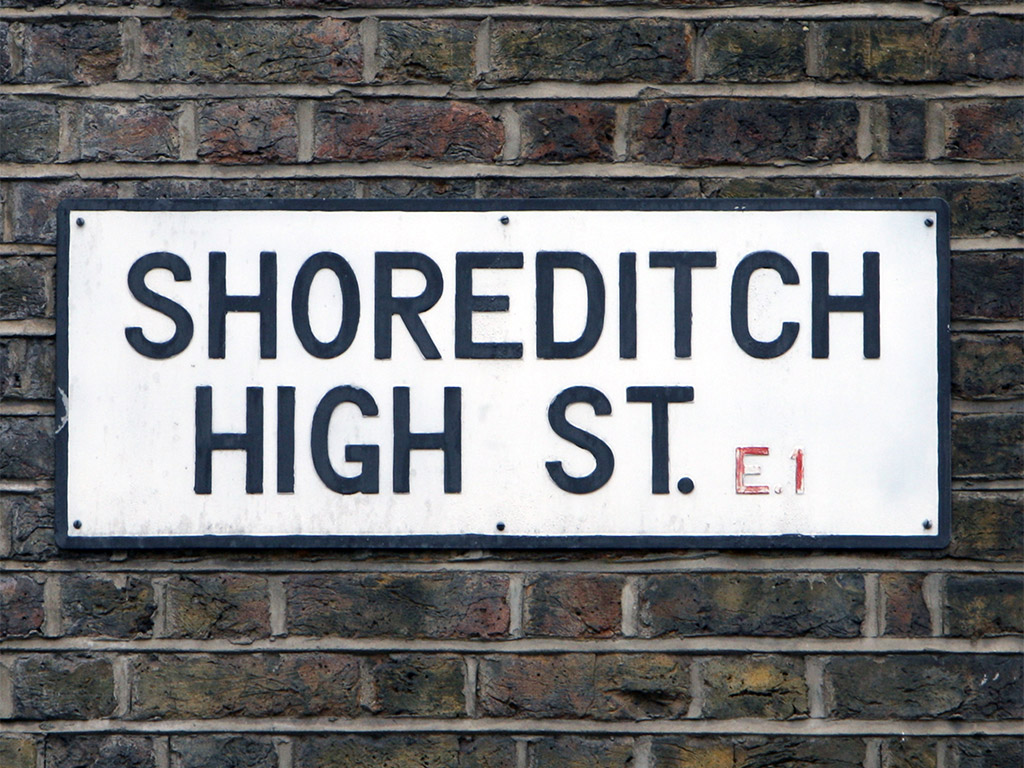Spray-painted on the walls of a once downtrodden neighbourhood in east London are some pseudo-intellectual words positing whether or not capitalism is dead. Beside this, an image of a cow with googly eyes, and next to that a pop-up café serving freshly-squeezed orange juice and homemade hummus.
The neighbourhood I am referring to is of course Shoreditch – an area that little over 10 years ago was deemed undesirable by prospective tenants, but today plays host to trendy boutiques, tech start-ups and high-end eateries. House prices have more than tripled over the same period, and the upturn looks set to continue unchecked as demand among young professionals outpaces supply by quite some margin.
The process that has taken hold of east London is one that can be seen at work in locations across the globe – Vancouver, Manhattan and Berlin among them – and amounts to a phenomenon that is more commonly referred to as gentrification.
[T]he question here is not one of displacement, but rather, one of whether or not gentrification is an effective means of urban development
The term is without a simple or precise definition, but much rather amounts to a turnaround in neighbourhood conditions, with the most important factors being increased income, rising house prices, and wholesale occupational and educational changes.
“Social and political concerns with gentrification have waxed and waned since the term was first coined in 1964 to describe the movement of middle class families into the former working-class neighbourhoods of London,” writes Professor of Economics Stephen Sheppard in a report entitled Why is Gentrification a Problem? Many remain skeptical of gentrification’s supposed benefits and will no doubt continue to feel the same way for as long as the area’s demographics are forced to evolve at the same pace as they have been.
Negative connotations
It’s now 50 years since its first use, and the term still carries with it a series of negative connotations. The prevailing image of gentrification is one of long-time residents being pushed out of their homes in place of wealthy individuals, and community spirit being sapped from the neighbourhood in favour of a faceless form of trendiness. However, while it has long been accepted that the process displaces hard-done-by residents from their homes, recent studies have revealed this not to be the case, and have even gone so far as to prove that gentrification could benefit them financially.
Research undertaken by Richard Hartley of the Federal Reserve Bank of Cleveland shows that, from a financial perspective, it’s far better to be a resident in a low-price district undergoing gentrification than a resident of one that is not. “There may be these kind of side benefits to gentrification that we’ve been less focused on, that can actually help the original residents of the neighbourhood,” proposes Hartley.
Moreover, comprehensive studies of the same subject released in 2007 and 2008 by the Journal of the American Planning Association and the National Bureau of Economic Research found the correlation between gentrification and displacement to be weak, if not non-existent. In effect, the long-held opinion that gentrification is nothing more than a system of inequality is without evidence.
Positive change
Taking a step back and looking at the process objectively, gentrification does not inflict the damage so many believe it to. It has been proved time and time again that displaced individuals are no worse off than they were prior to the move, so the question here is not one of displacement, but rather, one of whether or not gentrification is an effective means of urban development.
Prior to the gentrification process, the affected area usually experiences a prolonged spat of decline as income levels nosedive and businesses shut up shop. Herein enter the early adopters, who make do with the limited opportunities at hand and boost the community’s reputation, enticing formerly uninterested real estate developers and wealthy individuals. From then on, crime rates fall, public funding picks up and construction activity gathers momentum, as the neighbourhood ploughs on with its urban regeneration.
It’s well worth considering that the process is not a conscious upheaval on the part of wealthy newcomers, but much rather a product of changing demographics and employment patterns. An area is not chosen at random, but selected as a hospitable site for specific reasons, with the most common being affordability and convenience.
Organic development
Various studies have posed that the gentrification process could be an organic response to structural changes. Whereas, historically speaking, wealthy residents tended to move away from city centres and on to the suburbs in search of better schools and more land, a new generation of young professionals has opted instead to return to the centre. On a fundamental level, changes to industry have sparked this return, with the prevailing industries of present day – predominantly tech and finance – requiring close proximity to one another in order to succeed.
Therefore, the question of whether or not the process of gentrification will come to represent the natural pattern of urban development is one that troubles policymakers and real estate developers, as is their want to better understand the forces of social and economic change. Local authorities must take pains to ensure the positive repercussions of gentrification are better understood, balanced and sustainable.
For newly rejuvenated neighbourhoods, such as those in New York, Brooklyn and San Francisco to succeed, policymakers and residents must fight for a balanced recovery. Gentrification qualifies as development in all senses of the word.
On one hand we may be looking at the crass realisation of a hipster vision, or we might have stumbled upon an effective method of saving neighbourhoods from the depths of poverty and sending them on instead to long-term prosperity.





